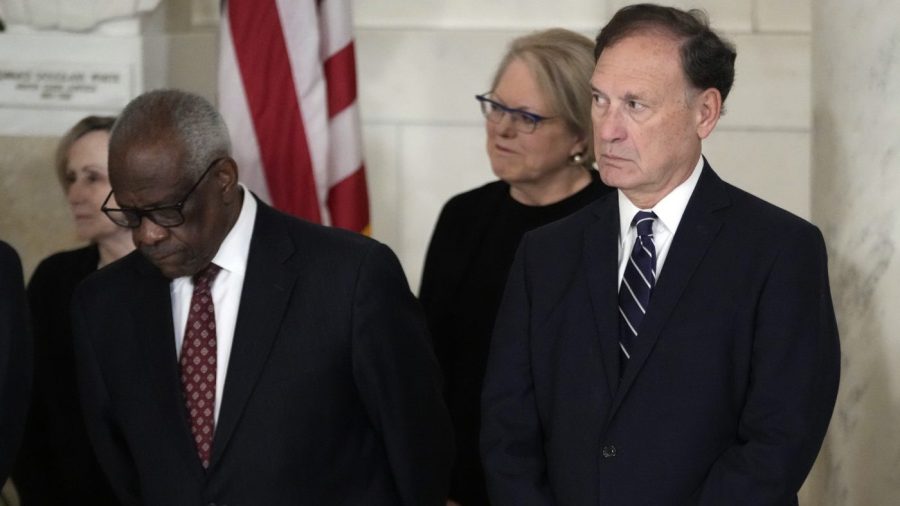Richard Glossip’s ongoing battle against his wrongful conviction has drawn significant attention and concern within the legal community, particularly in light of a recent Supreme Court oral argument. Glossip, who has been on death row since his 1998 conviction for a murder-for-hire scheme, has garnered acknowledgment from the state of Oklahoma itself, which concedes that his conviction was a mistake. State Attorney General Gentner Drummond openly declared that executing Glossip would represent a “travesty of justice.” Despite this consensus on his innocence and the troubling circumstances surrounding his conviction, the Supreme Court’s recent proceedings highlighted a disconcerting lack of urgency concerning Glossip’s potential fate, as legal experts noted.
At the crux of Glossip’s case lies a significant legal violation involving prosecutorial misconduct. Key evidence that could have undermined the testimony of Justin Sneed, the prosecution’s star witness, was withheld. Sneed, who had been diagnosed with bipolar disorder, delivered testimony that was not only uncorroborated but also rooted in falsehoods. This failure to disclose crucial information constitutes a Brady violation, as it contravenes the legal obligation of prosecutors to furnish the defense with evidence favorable to the accused. The implications of this misconduct resonate deeply, suggesting systemic failures within the legal framework, thereby prompting calls for deeper scrutiny and reform to uphold due process and justice for defendants like Glossip.
During the oral arguments, justices such as Sonia Sotomayor and Elena Kagan displayed evident concern regarding these prosecutorial violations, echoing calls for accountability and adherence to ethical standards within the justice system. Both justices appeared to align with the overarching sentiment that preserving legal integrity is paramount, urging their colleagues not to permit the execution of a potentially innocent individual. Their advocacy raises critical questions regarding the moral responsibilities of the judiciary, particularly in verifying the reliability of evidence used in capital cases.
Conversely, some members of the court, particularly conservative justices Clarence Thomas and Samuel Alito, appeared less concerned with Glossip’s innocence and displayed greater interest in discussing the implications of the prosecutors’ actions. Thomas’s inquiries seemed almost protective of the prosecutors implicated in misconduct, focusing on their reputations rather than the rights of the accused. His line of questioning often distracted from the substantive issues at hand, favoring a narrative sympathetic to those in charge during the original trial rather than addressing the potential miscarriage of justice embodied in Glossip’s case.
Alito further reflected this disinterest in the prosecution’s failings, positing that Sneed’s mental health issues and inconsistent testimony did not constitute a substantial enough disruption to Glossip’s conviction. Alito underscored that, even if the allegations surfaced were to be entirely accepted, they would not meet the threshold of a Brady violation. This perspective, which suggests that the potential wrongful conviction could be dismissed as a “harmless error,” starkly contrasts with the gravity of sentencing an innocent person to death, raising profound ethical and legal concerns about the nature of justice itself.
As the justices concluded their oral arguments, the uncertainty surrounding the court’s ruling loomed large. Experts speculate about the possibility of a tied decision, especially considering Justice Neil Gorsuch’s recusal. Such a stalemate would effectively uphold the lower court’s ruling against Glossip. Despite some optimistic expectations for a ruling in favor of a new trial, the unfolding dynamics illustrate a broader, troubling trend within the judicial sphere, suggesting a resistance to rectifying wrongs inflicted by systemic failures that undermine the very foundations of justice. In the broader context, Glossip’s case highlights the fragility of legal safeguards intended to protect vulnerable individuals within the high-stakes arena of capital punishment.

